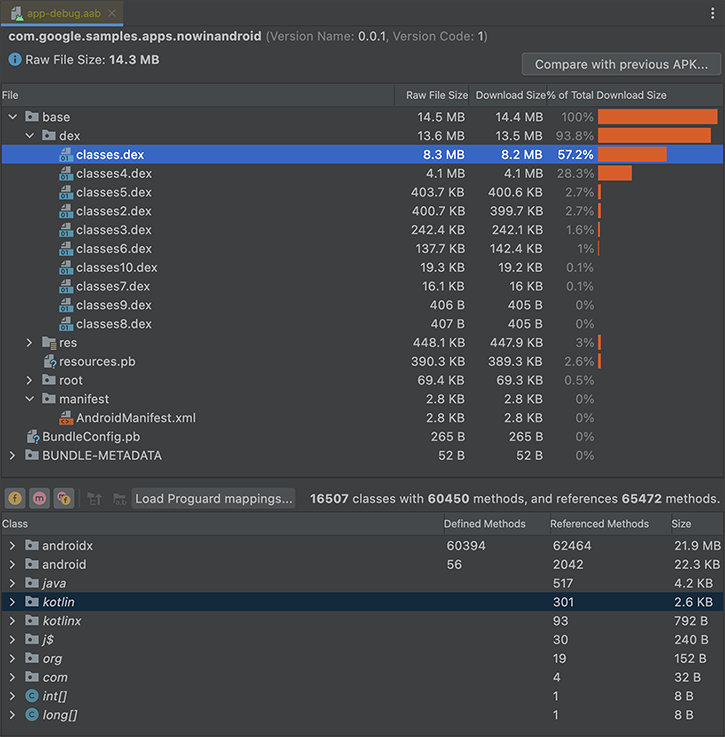

Android SDK is a free and specialized program. Android 9 Pie Emulator System Images & Wi-Fi P2P - Alongside Android Studio 3.3, you can also download Android 9 system images for your emulator for your app testing.
#ANDROID STUDIO DOWNLOAD 3.0 FOR ANDROID#
It may bring up a Terms & Conditions screen again, click the Accept radio button then NEXT. Android SDK latest version: Free development tool for Android apps. Check the boxes of the tools you want and click APPLY. Google today launched Android Studio 3.0, the latest version of its integrated development environment (IDE), with new features like app profiling tools to quickly diagnose performance issues. The downloader will grab all those packages for you. Select all the platforms you need then click APPLY. ie, Android 9.0 (Pie), Android 8.1 (Oreo). You will then be taken to the Platforms screen where you can select which Android platforms you want to support. Java, C++, and more with extensions, such as Go and Android Studio 3.0. It will go and download the Android base SDK. Android Studio supports all the same programming languages of IntelliJ (and CLion) e.g. It may bring up a Terms & Conditions screen, click the Accept radio button then NEXT. If you want to change your SDK Folder this is your last chance, if not, click NEXT again. Android Studio 3.0 (stable) Selection File type icon File name Description Size Revision Time User. A confirmation screen will come up with Setup Type and SDK Folder. You can leave the path as is, for me its: C:\Users\\AppData\Local\Android\Sdkĭepending on whether you had Android Studio before it may say it has detected a previous version and it will only download the components it needs. They may already be checked or they may be disabled. If you can check the boxes there, check them. This will bring up the SDK Components Screen. Click the edit link to the right of that.


You will see a path for Android SDK Location. Find the down arrow icon, should be second last icon in the toolbar. Cancel the dialogue box asking for the Android SDK path and do the following: Took me a while to figure this out as the documentation is not clear on this at all. This is the MOP (Method of Procedure) for this:


 0 kommentar(er)
0 kommentar(er)
